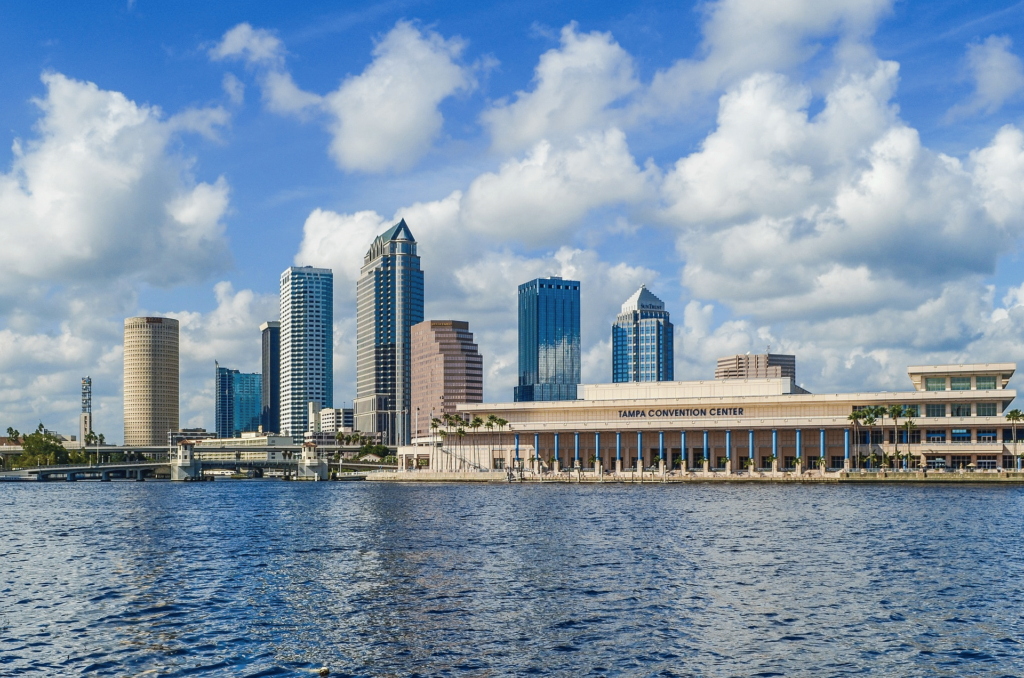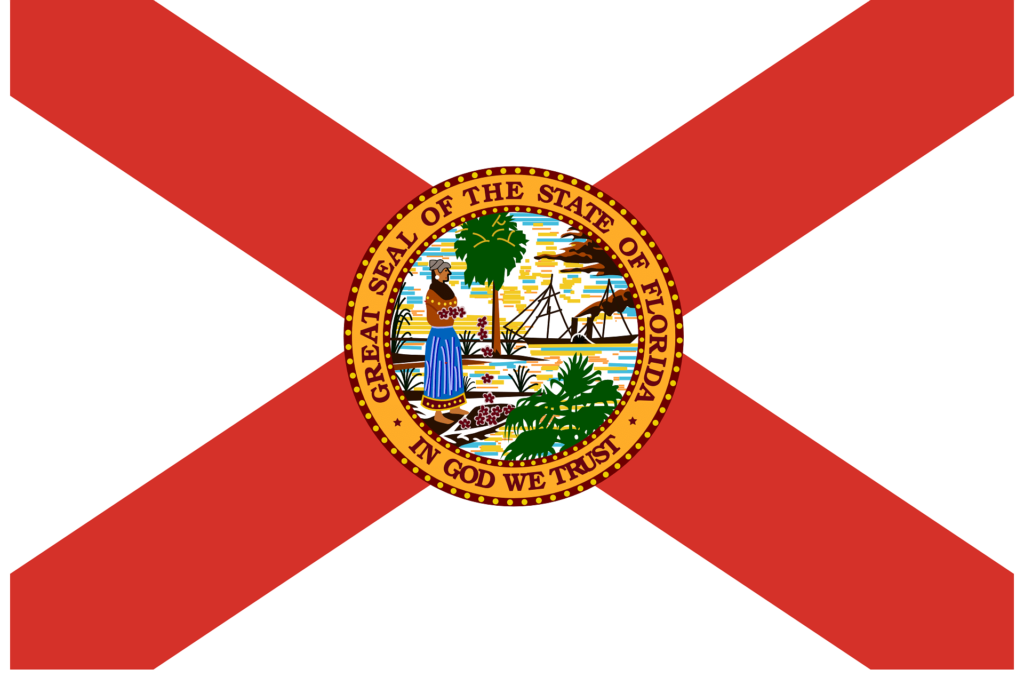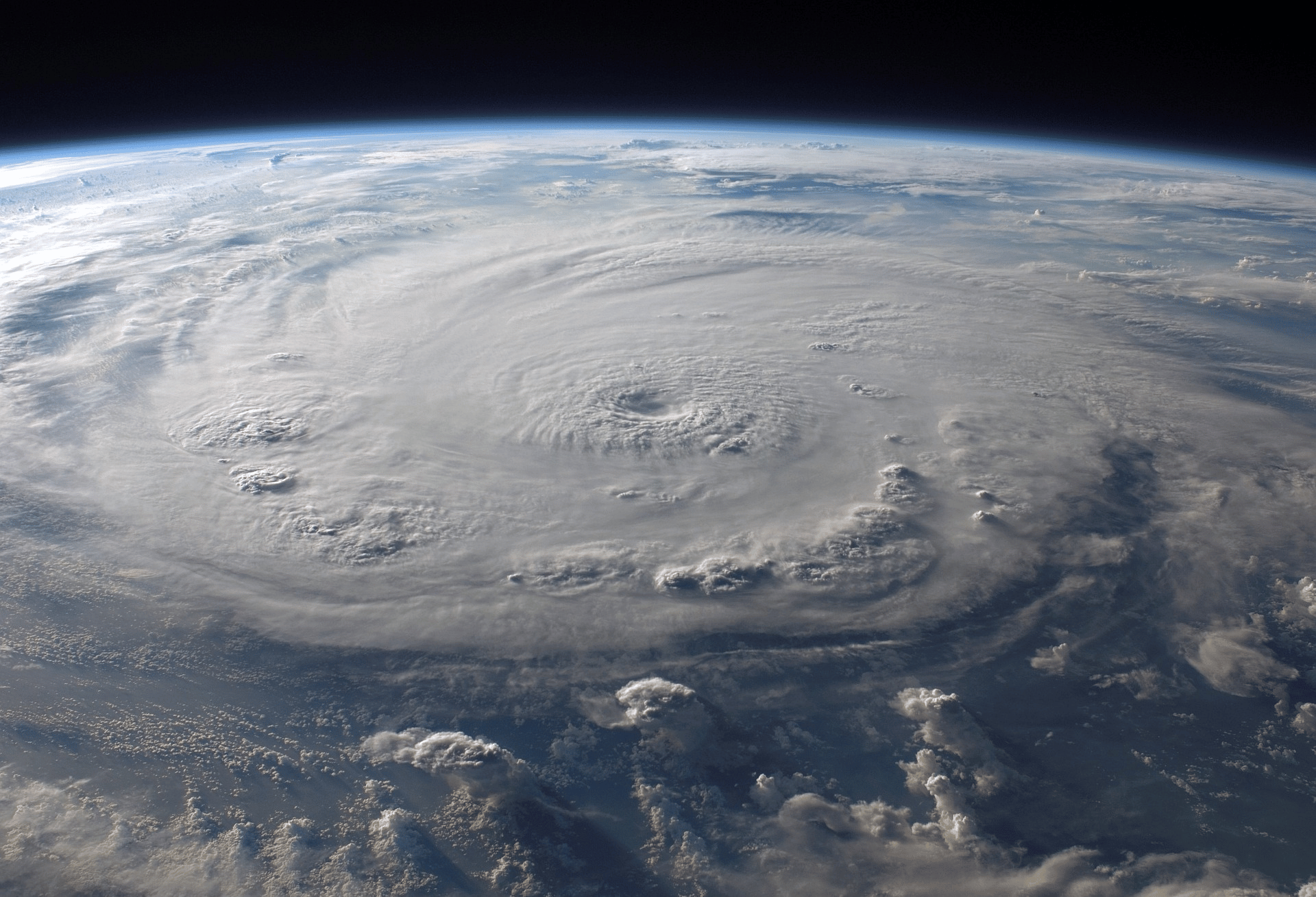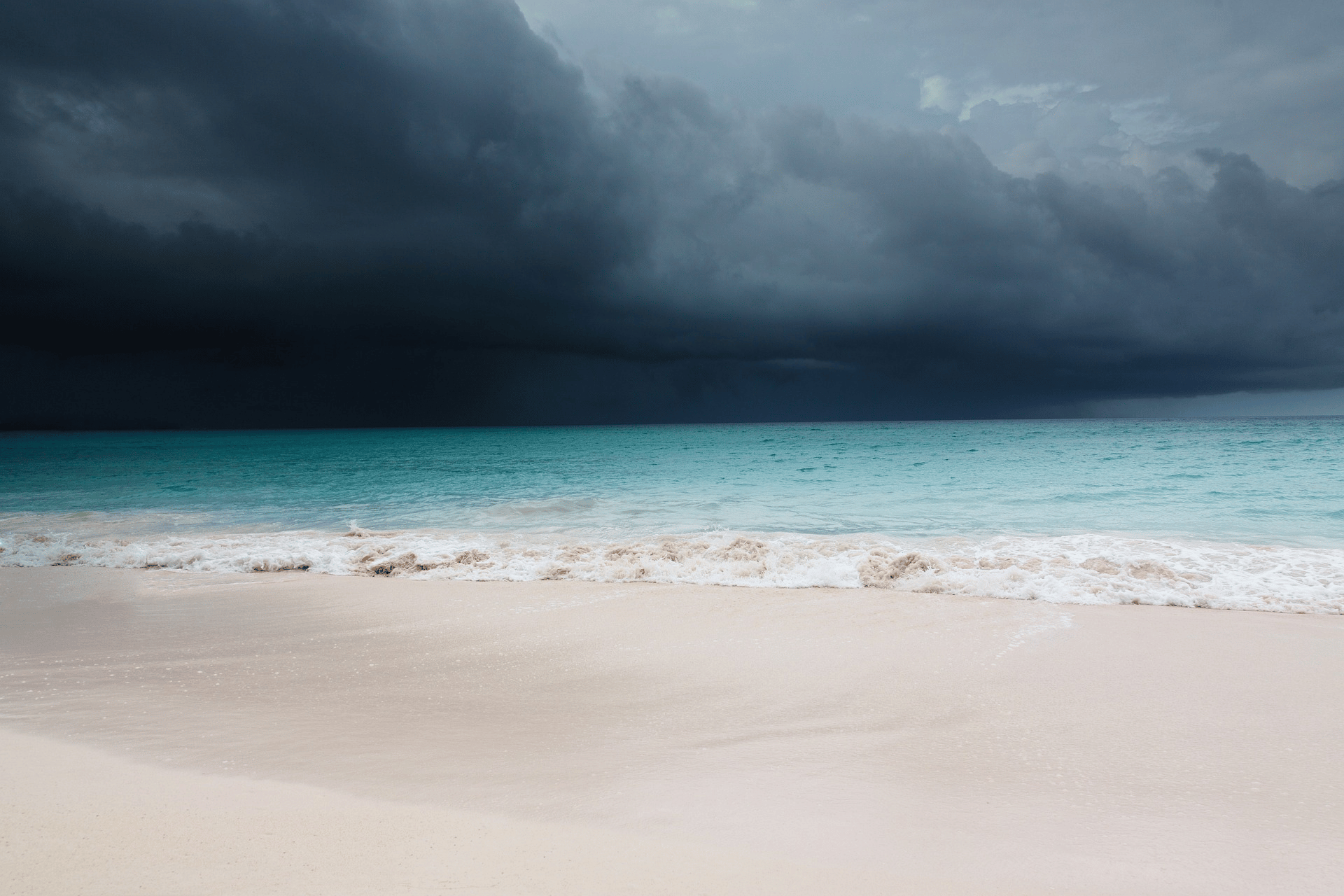Contents
Tampa Bay Braces for Hurricane Milton: Storm Surge to Pose Major Threat
As Hurricane Milton inches closer to the Florida coast, the Tampa Bay area stands on high alert.
Once a tropical storm, Milton has rapidly intensified into a Category 4 hurricane, expected to make landfall near Tampa within days.
With wind speeds currently at a ferocious 155 mph, the National Hurricane Center warns that the storm’s most dangerous feature won’t be the winds but the potentially catastrophic storm surge.

The Monster Storm Surge: Tampa Bay’s Biggest Fear
In a previous article, we outlined how a Category 5 hurricane could bring a storm surge as high as 26 feet to the Tampa Bay area.
While Milton is not quite at that level yet, the storm surge forecast is still terrifying, with water levels expected to rise up to 15 feet above normal.
Low-lying areas, home to countless single-story houses, are at extreme risk.
Given the population density, if residents refuse evacuation orders, as many are likely to, the consequences could be deadly.
Storm surge is no joke—when the water rises that high, it can be impossible to escape.

Hurricane Milton’s Path: Tampa to the Space Coast and Beyond
The projected track of Hurricane Milton places it right over the I-4 corridor, crossing through central Florida and exiting the state along the Space Coast.
This means towns like Winter Haven, Dade City, and Kissimmee, areas not typically struck by major hurricanes, will face a big hit by the storm.
These communities are known for their stunning old oak trees draped with Spanish moss, which, while picturesque, could cause severe damage when uprooted by strong winds.
The steady rain since Sunday has already saturated Florida’s soil, increasing the likelihood of trees toppling and widespread power outages.
Speaking of power, Florida’s coastal areas have invested heavily in infrastructure improvements, including concrete poles and underground utilities. However, many inland communities still rely on aging electrical grids, meaning extended blackouts are a real possibility for much of central Florida.
Florida’s Fuel Crisis and Panic Buying Frenzy
Even those of us nearly 100 miles from the storm’s expected exit are feeling the pinch.
Fuel stations have run out of gasoline, and panic-buying is in full swing.
Floridians are scrambling to find fuel, gas cans, and essential supplies, as approximately 8.5 million people are in Milton’s direct path. The sense of urgency is palpable, with residents bracing for what could be the most devastating storm to hit the region in years.
Flooding Concerns Beyond the Storm Surge, Rain-Soaked Florida Braces for More Flooding
Adding to the growing list of concerns, it has already been raining in Florida for the past three days. With steady downpours saturating the ground, many areas are already seeing signs of flooding even before Hurricane Milton makes landfall. Ditches across the state are full and flowing, and low-lying areas are particularly vulnerable. Just yesterday, water hazards on local golf courses were overflowing, a clear sign that the ground is struggling to absorb more rain.
When Milton hits, the torrential rain could overwhelm already-strained drainage systems, leading to flash flooding in low-lying areas. Even inland, far from the coast, homes and roads could be submerged, making evacuation routes treacherous and complicating recovery efforts after the storm.
Preparation Tips for Those in the Path
For those in Hurricane Milton’s projected path, preparedness is key.
Take a detailed video recording of your home and belongings for insurance purposes.
Fill bathtubs with water to ensure you can flush toilets for a few days post-storm if water services go down.
And don’t forget the bug spray. After the storm passes, the mosquito population will surge, and without power or air conditioning, bites can make a recovery even more miserable.
Hurricane Milton’s impact could reshape parts of Florida. Whether it’s the storm surge or widespread flooding, the damage is expected to be far-reaching.
As always, listen to evacuation orders and take every precaution to stay safe.
Source: NOAA







